This is a carousel with one large image and a track of thumbnails below. Select any of the image buttons to change the main image above.
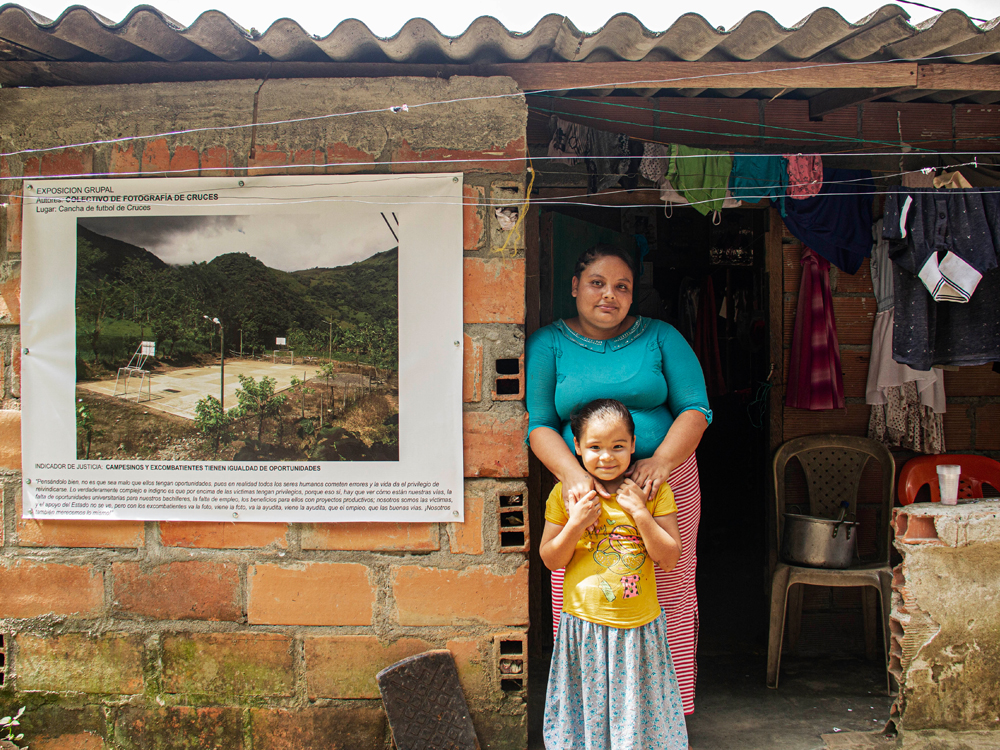
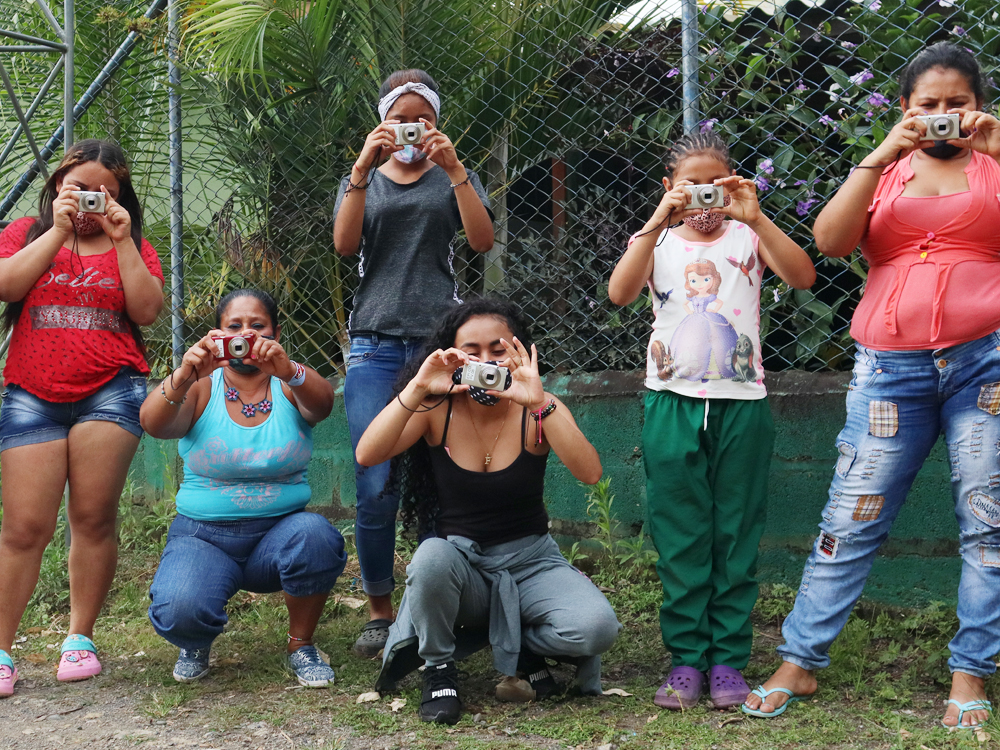
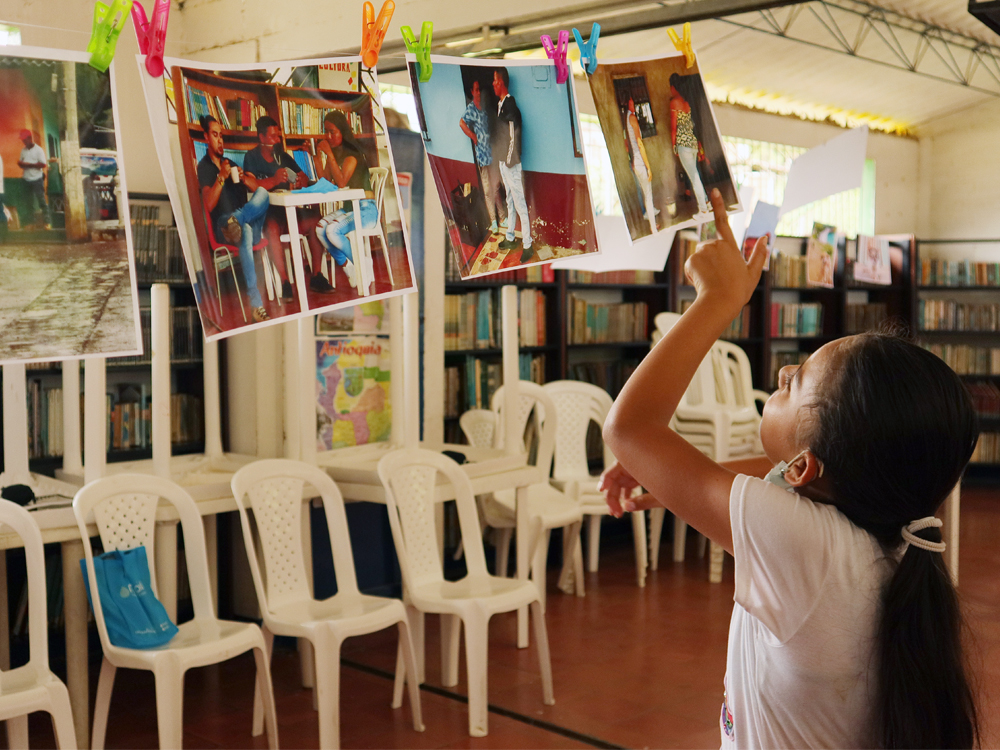
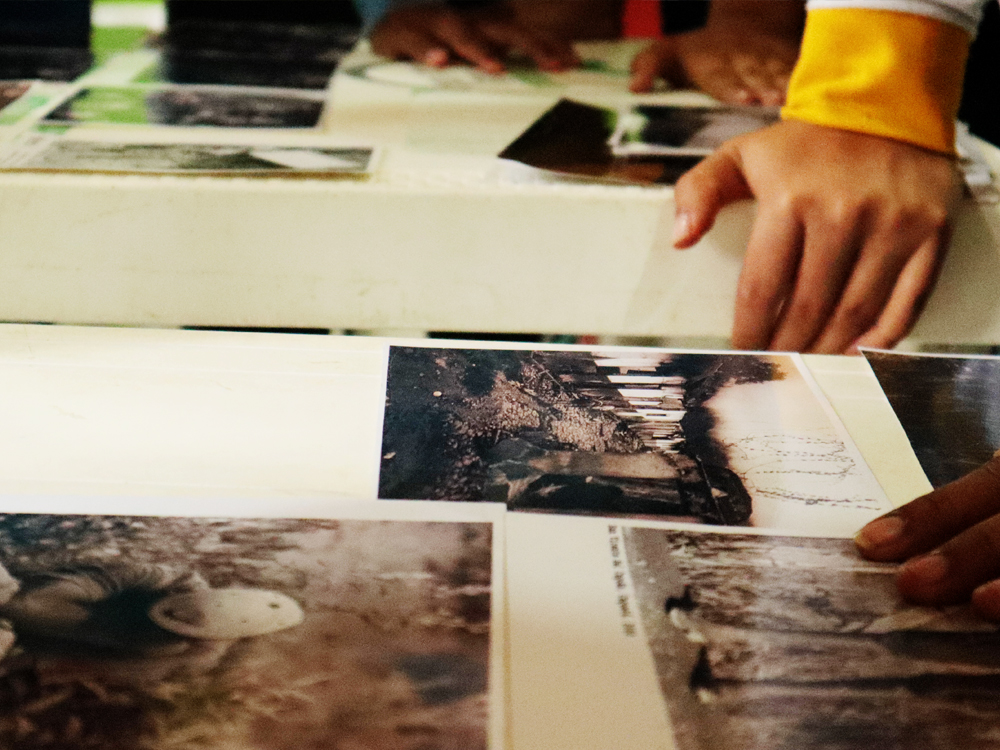
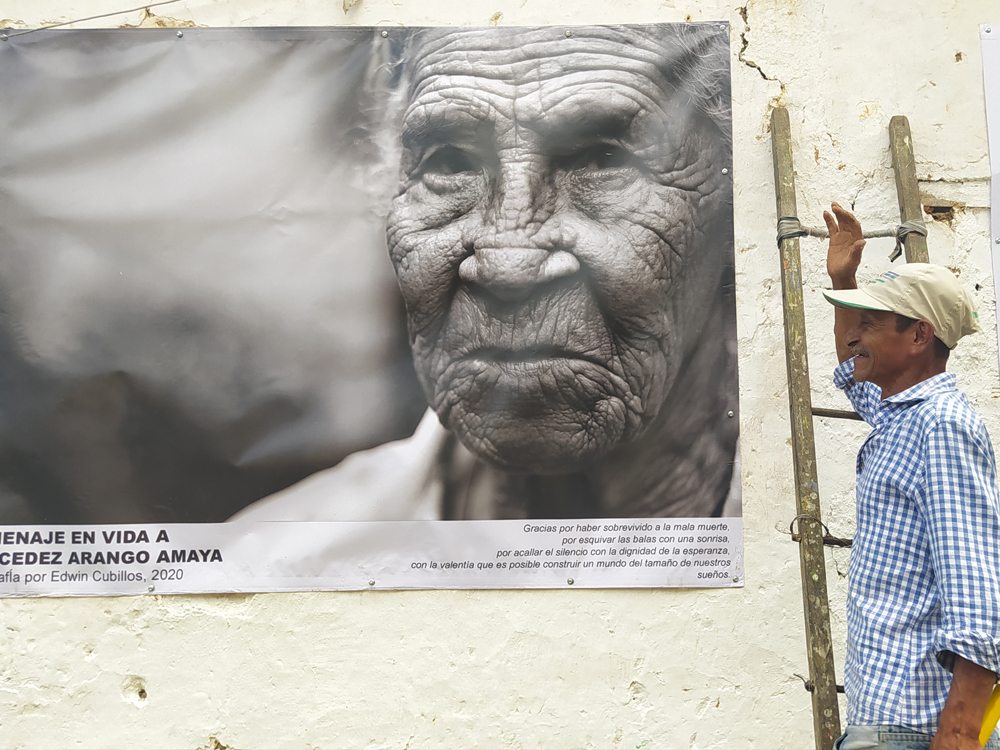

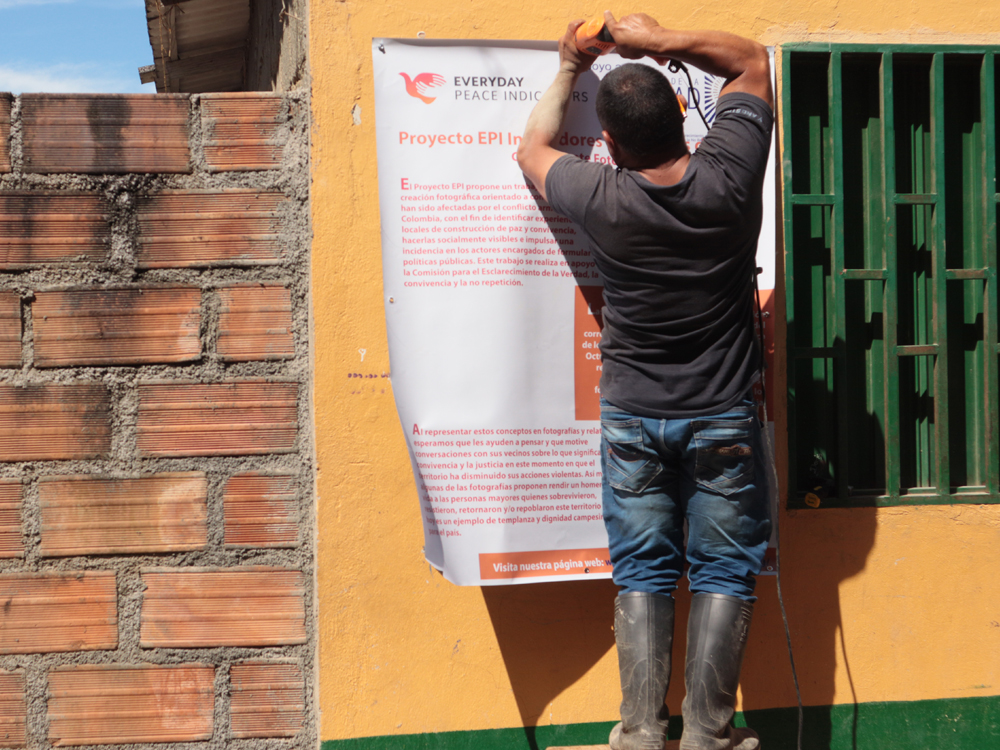
All photos provided by Everyday Peace Indicators.
In support of the Colombian Peace Process, Everyday Peace Indicators (EPI) has integrated photovoice into its Everyday Justice project in Colombia.
EPI draws on researcher-controlled, collaborative methods like focus groups and surveys to transform everyday experiences into measurable indicators for complex concepts like peace. Photovoice is a participatory visual methodology that was pioneered in the 1990s and has been employed around the world. In photovoice projects, community members use photography to identify, discuss, and communicate the stories and issues that are important to them.
In EPI’s work, photovoice is simultaneously a research methodology, a peacebuilding process, and an advocacy tool. With the addition of photovoice, the goals are to use the transformative potential of photovoice to support and amplify the EPI process, to make visible the stories behind the indicators and to create dialogue within communities and with policy and public audiences.
In the Everyday Justice project, which is sponsored by Humanity United, the United States Institute of Peace and the National Science Foundation, EPI collects indicators of justice and coexistence in communities across three war-torn regions of Colombia: Dabeiba, Northern Cauca and Sumapaz.
Everyday Peace Indicators and photovoice helps researchers accurately convey what peace looks like at the community level, with communities generating their own indicators of peace by following a collaborative process developed by EPI, after which local photographers “capture” what some of those indicators look like to them. For more about this project, see Professor Pamina Firchow and Research Scientist Peter Dixon’s article with Dr. Tiffany Fairey from King’s College London in the Action Research Journal, “Images and indicators: mixing participatory methods to build inclusive rigour.”
